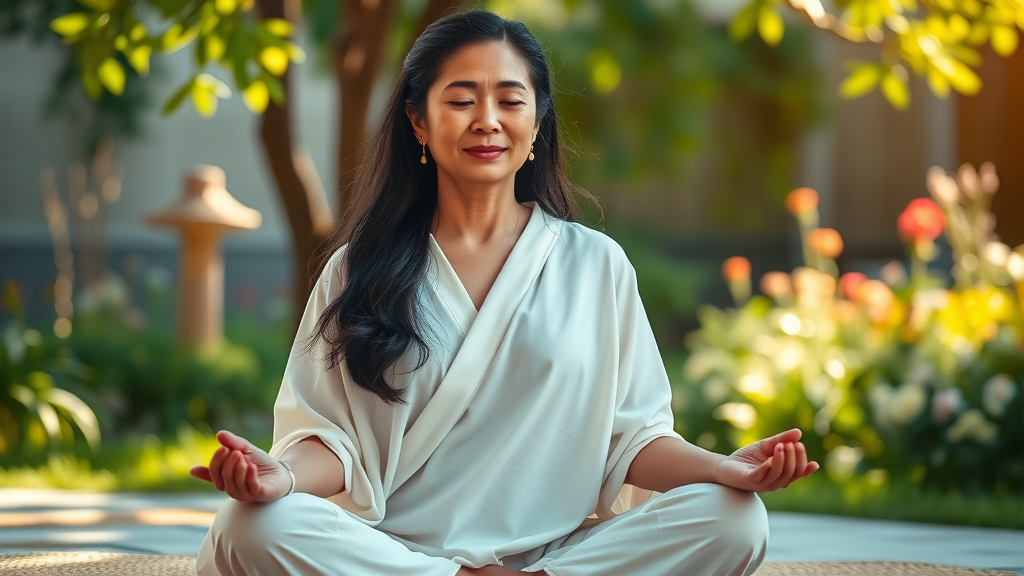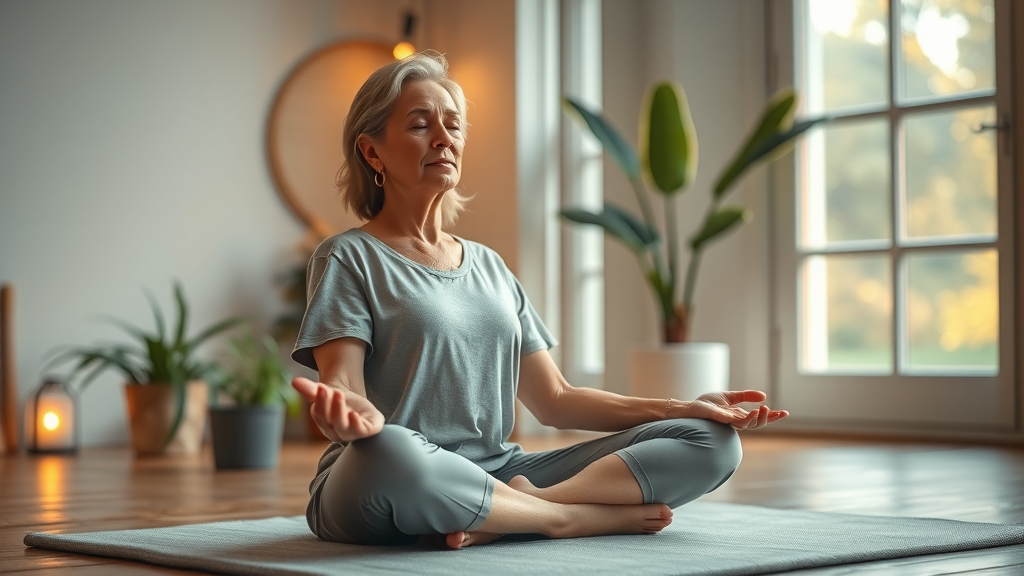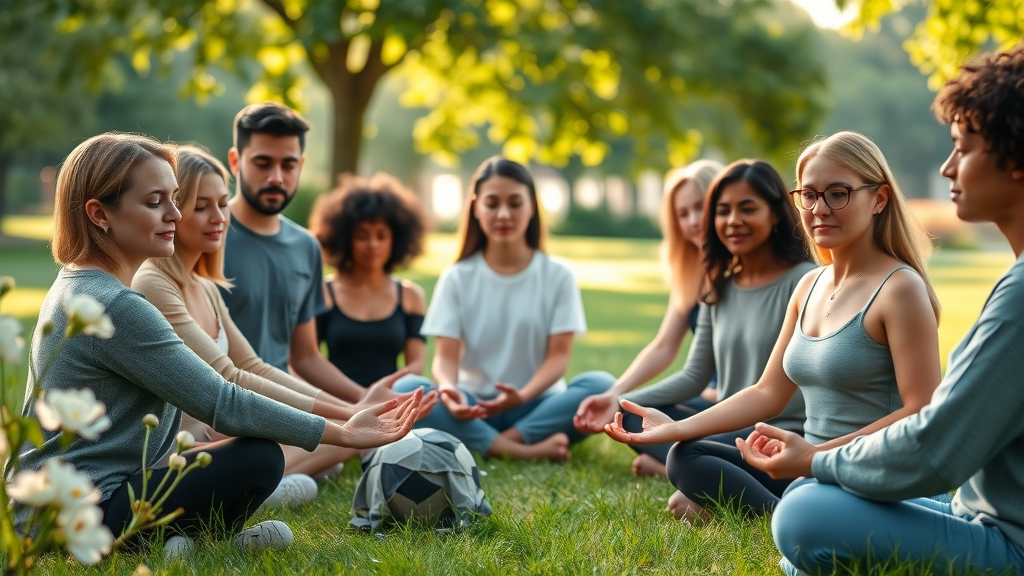In our hectic world, finding moments of peace can feel like an elusive dream. Have you ever wondered how implementing mindfulness practices could transform your daily life, bringing clarity and tranquility? This guide explores the essence of mindfulness, offering practical examples and techniques to cultivate a mindful state of being.
Unlocking the Power of Mindfulness
Understanding the Essence of Mindfulness

**Mindfulness** is more than just a buzzword; it's a state of full awareness and presence. Involving a conscious effort to relax the body and mind, mindfulness helps in reducing stress and enhancing emotional health. By paying attention to the present moment, you foster a deeper connection with yourself and the environment. Such practice is vital in our fast-paced world, allowing people to feel safe and grounded.
Why Mindfulness Matters in Today’s Fast-Paced World
The benefits of mindfulness practices are profound. Research consistently shows that these practices can significantly reduce stress, decrease anxiety, and improve mental health. In today’s digital age, where social media and constant connectivity can scatter your focus, mindfulness brings your mind back to the present. This helps regulate heart rate and even improve cognitive functions, vital in maintaining lifelong peace of mind.
What You'll Learn
- Basic mindfulness techniques explained
- Practical examples of mindfulness exercises
- How to integrate mindfulness into daily life

Core Mindfulness Techniques for Beginners
Mindful Breathing Exercises

**Mindful breathing** involves focusing on deep breaths to soothe the mind and body. This simple exercise is perfect for beginners and can be done anywhere. By directing your attention to the breath, it becomes easier to manage stress and lessen anxiety. Consistent practice allows for a quick exercise in grounding whenever the mind wanders.
Body Scan Meditation: Harnessing Physical and Mental Relaxation
The **body scan meditation** involves directing awareness to different parts of the body, from head to toe. This scan enhances body awareness, helping to address tension and chronic pain. By observing bodily sensations without judgement, you cultivate an openness that encourages relaxation and stress reduction.
The Art of Mindful Observation
Mindful observation teaches you to pay attention without getting caught in the story of your thoughts. This simple mindfulness practice can be applied to any action or object, allowing you to see things as they are, fostering mental clarity and a mindful state.
People Also Ask: Addressing Common Queries
What are the 5 R's of mindfulness?

The 5 R's—Recognize, Respond, Relax, Release, and Reflect—form the foundation of a mindful practice. These steps help bring your awareness to the present moment.
What are the 4 P's of mindfulness?
The 4 P's: Pause, Presence, Patience, and Perspective guide mindfulness, helping individuals cultivate a mindful moment amid chaos.
What are 3 ways you can practice mindfulness?
Three accessible methods include mindful breathing, walking meditation, and mindful eating. These practices enhance your connection to the present moment, reducing stress and promoting emotional wellbeing.
What are the 3 C's of mindfulness?
The 3 C's—Compassion, Curiosity, and Commitment—are essential for developing a sustainable mindfulness practice, fostering kindness towards oneself and others.
Integrating Mindfulness into Everyday Life
Mindful Eating: Transforming Your Meal Times

**Mindful eating** involves savoring each bite and being fully present during meals. This practice not only improves digestion but also enhances your appreciation of food, connecting your mind and body.
Incorporating Mindfulness into Your Commute
Transform your daily commute into a time of reflection. Practice mindful driving by paying attention to the road and your surroundings, allowing the commute to become a peaceful transition between home and work.
Using Technology to Support Mindfulness Practices

Mindfulness apps are excellent tools to enhance your practice. These apps offer guided meditation sessions and mindfulness exercises to support mental health and encourage daily practice.
Frequently Asked Questions About Mindfulness
- What is the best time of day to practice mindfulness?
- Can mindfulness help with anxiety and stress?
- How often should I practice mindfulness?
Quotes: Words of Wisdom from Mindfulness Experts
“Mindfulness is a way of befriending ourselves and our experience.” — Jon Kabat-Zinn
“The best way to capture moments is to pay attention. This is how we cultivate mindfulness.” — Jon Kabat-Zinn

Key Takeaways
- Mindfulness can be practiced anywhere and at any time.
- Simple mindfulness techniques can significantly enhance mental well-being and peace.
- Consistency in practice is key to experiencing the benefits of mindfulness.
Conclusion: Begin Your Mindfulness Journey Today
Invitation to Reflect and Share Personal Experiences
Encouragement to Experiment with Different Mindfulness Techniques
Join the Community of Mindful Practitioners

Tables: Mindfulness Practice Ideas and Benefits
A table listing various mindfulness exercises and their specific benefits for mental, emotional, and physical health.
Lists: Daily Routine Tips for Practicing Mindfulness
- Begin with a brief morning meditation.
- Practice mindful listening during conversations.
- End the day with reflective journaling.
 Add Row
Add Row  Add Element
Add Element 



Write A Comment